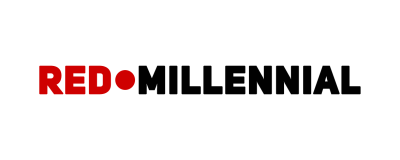The senior living property management software industry is undergoing a transformation, driven by evolving resident expectations and a growing demand for efficient, personalized care. At the center of this change is the advancement of property management technology. Far beyond just tracking occupancy or rent collection, modern platforms are now essential tools in enhancing daily operations, streamlining communication, and improving the overall experience for both staff and residents.
Senior living communities operate within a unique landscape. Unlike traditional multifamily housing, these communities blend residential needs with hospitality and healthcare services. This combination requires a higher level of coordination between departments, more compliance oversight, and a deeper understanding of individual resident needs. Property management technology plays a critical role in meeting these complex demands by centralizing information and automating routine processes.
One of the most significant shifts in recent years is the integration of operational tools that allow staff to manage maintenance requests, room turnovers, meal tracking, and billing from a single system. This eliminates the inefficiencies that come with managing multiple platforms or relying on manual records. When staff are empowered with technology that reduces repetitive work, they can redirect their focus to resident care and service quality.
Equally important is the ability of these systems to support data-driven decision making. By capturing and analyzing operational metrics—from occupancy trends to maintenance patterns—administrators gain real-time insights that help in budgeting, planning, and responding to shifting resident preferences. The ability to monitor property performance and resident satisfaction from one platform leads to quicker resolutions and a more proactive approach to management.
Another growing need is real-time communication. Senior living residents and their families often seek updates regarding health, activities, and community events. Property management platforms with built-in communication tools make it easier for staff to provide consistent updates, reducing anxiety and building trust. These tools also streamline staff collaboration, making it simpler to coordinate across departments, share updates, and ensure that nothing falls through the cracks.
In today’s fast-moving environment, compliance and documentation are more important than ever. Property management systems can simplify regulatory reporting by maintaining digital records and providing easy access to important documentation. This not only supports accountability but also strengthens the community’s ability to respond during audits or inspections.
Technology also plays a subtle but important role in resident satisfaction. From ensuring that maintenance issues are resolved quickly, to offering seamless move-in experiences, the small details add up. When residents feel that their needs are met promptly and professionally, their trust in the community grows.
The role of technology in senior living property management will only continue to expand. As expectations shift and new challenges emerge, communities that embrace modern systems are better positioned to adapt, scale, and provide exceptional service. Rather than replacing the human touch, technology enables staff to deliver that touch more consistently and effectively.
In the end, successful property management in senior living is not just about operations—it’s about people. And the right technology supports both.

